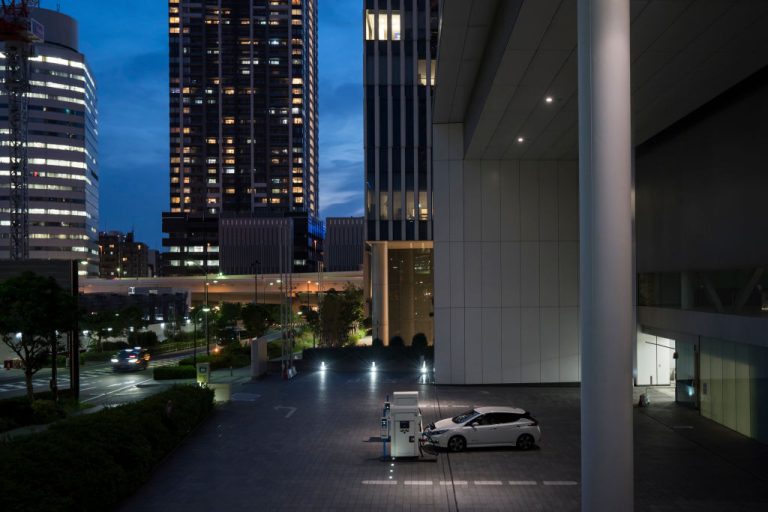A recent Gallup survey on the appetite of Americans for saving the world from the carbon climate narrative by purchasing an electric vehicle is anything but bullish for the sector.
Most Americans Are Not Completely Sold On Electric Vehicles is the succinct title of an April 12 survey published by Gallup, which found that only 12 percent of respondents are “seriously considering” buying an EV.
Perhaps more notably, 41 percent “unequivocally say they would not.”
Results showed that despite the onslaught of messaging from network media and government figures, a majority of Americans remain unconvinced that buying an EV will do much to save the climate from fossil fuels.
MORE ON THE ‘GREEN’ LIFE
- Ranchers Irate as Google Installs Emissions Data Into Recipe Searches to Discourage Meat Eating
- WEF Partners Want City Governments to ‘Intervene’ in Clothing Purchases, Food, Private Flights to Save Climate
- NYC Begins Tracking Household Food Consumption In Carbon Climate Struggle
Facing the question, “How much do you think the use of electric vehicles helps address climate change,” 35 and 26 percent of respondents responded “only a little” and “not at all” respectively.
Success
You are now signed up for our newsletter
Success
Check your email to complete sign up
The survey was conducted between March 1 and 23 via telephone and results are composed of 1,009 Americans aged 18 and over.
Gallup found that positive perceptions of EV adoption’s effect on climate change were heavily correlated to political orientation.
While 58 percent of Democrats thought that the climate would be helped either “a great deal” or “a fair amount” by buying an EV, the figure cratered to 12 percent among Republicans and 37 percent among independents.
Meanwhile, no more than 6 percent of respondents across any demographic, political affiliation, income, or education bracket stated they currently own an electric vehicle.
The largest demographic who flatly stated they would never buy one were aged 55+, at 53 percent.
Both the lowest earners and highest earners are similarly adamant about not purchasing an EV.
While 35 percent of people making more than $100,000 annually said they would not purchase, compared to 42 percent of people making between $40 and $100,000, the higher income bracket has the most people “seriously considering” a purchase, at 17 percent.
The $40-100k and under $40k bracket reported only 10 and 9 percent seriously considering a purchase by comparison.
Those aged 35 to 54 were the most likely to be seriously considering at 18 percent. 18 to 34 weighed in at only 11 percent.
Gallup stated that despite the fact that EVs “are often promoted as a key way to reduce carbon dioxide emissions and address the effects of climate change, the public remains largely unconvinced that the use of EVs accomplishes this aim.”
The firm noted that despite the strong opposition expressed to change, as social norms are continually nudged towards a centrally planned future that changes the human living condition, people invariably adapt.
“Previous Gallup polling has found that Americans aren’t always the best judge of their future behavior when it comes to technology. For example, as recently as 2000, a quarter of Americans thought they’d never own a smartphone,” the outlet stated.
If the changes come to fruition, it won’t be without significant consequences.
For example, a mandate set by the State of California under Governor Gavin Newsom that would banish sales of non-electric vehicles as soon as 2030 is estimated to cost 32,000 mechanics and another 32,700 automotive industry workers their jobs, analysts calculated.
Moreover, data published by a Northeastern U.S. natural gas and electric utility provider in December of 2022 found that charging stations required to meet demand for widespread EV adoption would add as much load to the power grid as an entire small town or a large manufacturing plant.
For California, this pressure may prove to be highly significant in light of September of 2022’s historic heatwave that saw the state print multiple all time highs for peak electricity usage as residents of America’s most populous state struggled to stay cool.
January’s high copper prices also produced another adverse effect for the industry not seen in the combustion engine world: thieves stealing cables from charging stations—in some cases while consumers are in the midst of charging—to sell to the local metal recycler for pocket change.
















